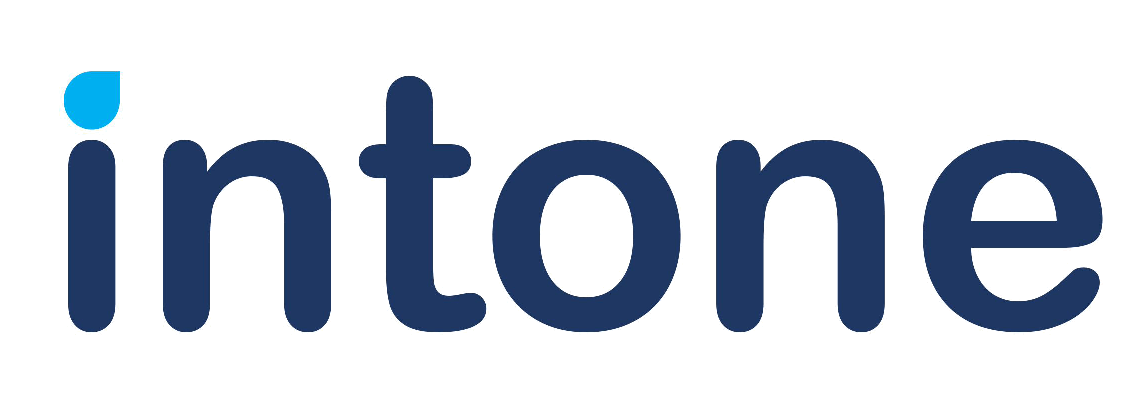Contents
For publicly traded companies, compliance with the Sarbanes-Oxley (SOX) Act is vital to fostering strong corporate governance, preventing financial misstatements, and minimizing fraud. A key SOX requirement is implementing robust internal controls over financial reporting to support the accuracy and transparency of corporate disclosures.
This article outlines the best practices for establishing and maintaining effective internal controls to meet SOX requirements. While companies manage their compliance, they can benefit from leveraging SOX compliance services to increase efficiency and reduce risks.
The Role of Internal Controls in SOX Compliance
SOX-mandated internal controls ensure the accuracy, reliability, and integrity of financial data by safeguarding against errors, fraud, and operational inefficiencies. They help prevent errors, fraud, and operational inefficiencies, directly supporting the accountability and transparency needed for SOX compliance.
Internal controls fall into three categories:
- Preventive controls: Aim to prevent errors or fraud before they occur by enforcing practices such as segregation of duties and access retrictions.
- Detective controls: Identify and address issues post-occurrence through reconciliations, audits, and performance reviews.
- Corrective controls: Resolve identified issues and adjust procedures to prevent future occurrences.
Examples of key SOX internal controls include:
- Restricting access to financial systems to authorized personnel only
- Implementing approval hierarchies for transactions
- Conducting regular internal audits to assess control effectiveness
- Maintaining financial integrity
- Building investor confidence
Best Practices for Internal Controls in SOX Compliance
Effective internal controls are essential for meeting SOX requirements, helping organizations maintain financial integrity and adhere to regulations. Implementing best practices strengthens corporate governance and reduces the risk of errors or fraud.
Conduct Thorough Risk Assessments
Regularly conduct risk assessments to identify and mitigate potential vulnerabilities. Prioritize significant risks and adjust controls as needed to prevent issues proactively.
Enforce Segregation of Duties
Separate key financial responsibilities among individuals to create a checks-and-balances system. For instance, individuals responsible for processing payments should not be responsible for approving them.
Maintain Clear Documentation
Document financial transactions, control procedures, and approval in detail. Organized and accurate records facilitate transparency and streamline the audit process.
Conduct Regular Audits and Control Testing
Plan and conduct periodic internal audits and control testing to evaluate the effectiveness of controls. Proactively address any identified weaknesses to ensure ongoing compliance.
Leverage Automation and Technology
Implement technology solutions to automate repetitive or high-risk tasks, reducing the chance of human error. Compliance software can streamline tasks like transaction tracking, compliance monitoring, and audit trail management, helping to meet SOX standards efficiently.
Conclusion
Establishing strong SOX internal controls is essential for companies to maintain compliance with the Sarbanes-Oxley Act and ensure the accuracy of financial reporting. By following best practices such as risk assessments, enforcing segregation of duties, maintaining thorough documentation, and leveraging technology, organizations can meet regulatory requirements, enhance governance, and strengthen stakeholder confidence. Regular evaluation and improvement of internal controls help safeguard financial integrity and corporate transparency.

